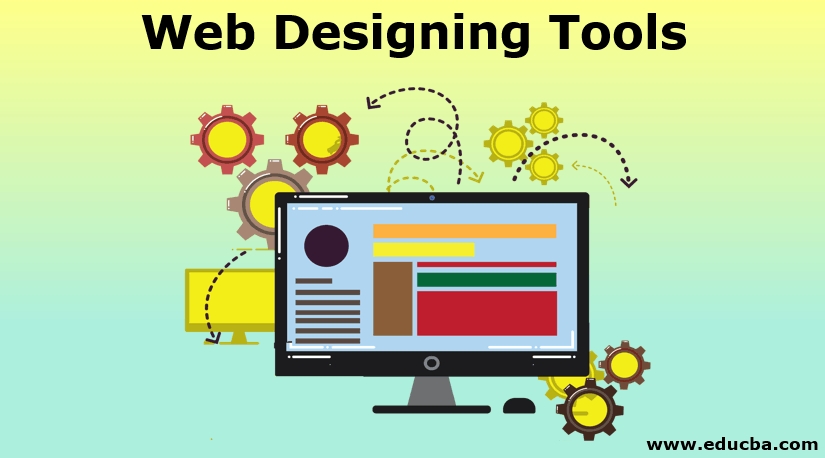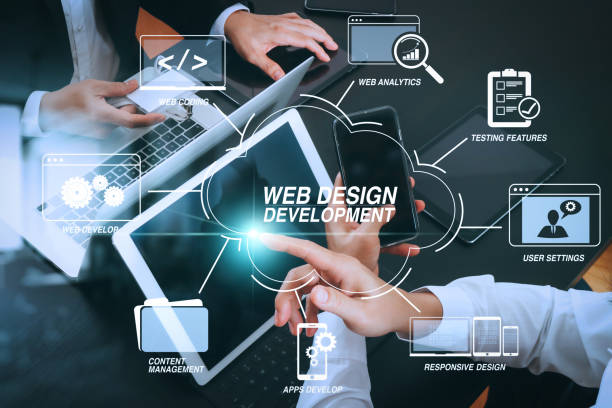The Very Best Kinds Of Website Design to Improve Customer Experience and Interaction
In the ever-evolving landscape of electronic interaction, the effectiveness of Web design substantially influences customer experience and interaction. Different layout approaches, such as minimalist, responsive, and interactive layouts, each offer special benefits that can provide to varied individual requirements.
Minimal Website Design
As electronic landscapes come to be significantly chaotic, minimal Web design has arised as an effective technique to enhancing customer experience. This layout approach focuses on simplicity, concentrating on important elements while getting rid of unnecessary interruptions. By utilizing ample white space, straightforward navigation, and a minimal shade combination, minimalist design fosters quality and guides individual attention to key web content.
The core concept of minimalist website design is to produce a seamless communication for customers. By lowering cognitive tons, users can promptly comprehend information without feeling bewildered. This direct strategy not just improves functionality but also encourages involvement, as site visitors are most likely to check out a site that is aesthetically attractive and very easy to navigate.
Additionally, minimal layout often highlights typography and imagery, using these components strategically to convey messages efficiently. In significance, minimalist Web layout is not simply a trend; it is a thoughtful technique that recognizes the value of user-centered design.
Responsive Web Style
In today's diverse electronic setting, receptive website design has come to be important for producing a seamless customer experience throughout a wide variety of tools. As customers gain access to internet sites on smart devices, laptops, tablets, and desktops, the capability of an internet site to adapt its layout and material to various screen sizes and resolutions is important.
Responsive Web layout employs flexible grids, pictures, and CSS media inquiries to make sure that Web content exists efficiently, despite the device utilized. This strategy not just improves the aesthetic charm of a website however likewise dramatically enhances usability. Users are a lot more most likely to involve with a website that provides a consistent experience, as it removes the aggravation of needing to zoom in or scroll exceedingly.
Additionally, online search engine, consisting of Google, focus on mobile-friendly internet sites in search rankings. By adopting receptive style, companies can improve their exposure and reach a broader audience. This method also simplifies internet site maintenance, as a solitary variation of the website can cater to all tools, minimizing the demand for numerous variations. In summary, responsive website design is a basic practice that improves customer experience, interaction, and general fulfillment.
Interactive Web Design
Receptive Web design prepares for boosting user experience, yet interactive Web style takes this an action even more by engaging individuals in an extra dynamic means - Aligned Position Web Design. By integrating elements such as animations, clickable prototypes, and real-time feedback, interactive website design astounds individuals, attracting them right into a richer surfing experience
This technique not only fosters engagement however likewise encourages users to check out material actively rather than passively consuming it. Techniques such as gamification, where customers earn benefits for finishing tasks, can significantly improve the time invested on a website and boost overall contentment. Furthermore, interactive functions can streamline intricate details, making it a lot more absorbable and satisfying.

Including interactive style elements can likewise result in higher conversion prices, as users are extra most likely to engage with a website that actively involves them. Aligned Position Web Design. Eventually, interactive Web style changes individual experiences right into remarkable journeys, making sure that site visitors return time after time
Flat Style
Identified by its minimalistic strategy, flat design emphasizes simplicity and performance, removing unneeded components and concentrating on essential features. This design approach focuses on usability, guaranteeing that customers can browse user interfaces with ease and efficiency. By employing a clean visual, flat style removes the mess commonly discovered in more ornate styles, consequently improving user concentrate on material and performance.
The trademark of level layout hinges on its usage of vibrant shades, easy typography, and geometric shapes. These components contribute to a visually attractive user interface that is both contemporary and approachable. Furthermore, flat style promotes a sense of clearness, permitting customers to recognize necessary actions and info without interruption.
In addition, flat style is specifically reliable in receptive Web layout, as its simpleness converts well across numerous gadgets and display dimensions. By concentrating on crucial functions, flat layout not only fulfills user needs but likewise encourages smooth communication, making it Website an essential part of reliable Web layout methods.
Flexible Web Style
Flexible Web design tailors the user experience by developing numerous repaired designs tailored to various screen sizes and tools. Unlike responsive layout, which fluidly changes a single format, flexible style utilizes unique layouts for details breakpoints, ensuring ideal presentation on numerous platforms. This method allows designers to concentrate on the unique characteristics of each tool, improving functionality by supplying specifically what users need based on their context.
One of the key benefits of flexible Web design is its capability to enhance tons times and performance. By serving customized web content and pictures that fit the user's gadget, sites can decrease data usage and boost loading rates. This is specifically advantageous for users with slower connections or limited information strategies.
.png)
Furthermore, adaptive style facilitates a much more regular and controlled branding experience. Since developers produce several layouts, they can ensure that the additional reading aesthetic elements straighten with the brand name's identity across different systems - Aligned Position Web Design. This causes a natural user experience, improving interaction and advertising customer retention
Final Thought
Minimal style promotes quality and focus, while receptive design makes certain flexibility across various gadgets, promoting ease of access. Jointly, these layout approaches add to the production of straightforward settings that not only improve contentment however additionally drive greater conversion prices, underscoring their important significance in contemporary Web style methods.

Minimal style promotes clearness and emphasis, while responsive style makes sure flexibility across various tools, promoting ease of access. Jointly, these style comes close to contribute to the production of user-friendly settings that not just enhance contentment yet additionally drive greater conversion rates, emphasizing their vital relevance in modern Web layout techniques.